The Soviet auto industry is the most controversial industry. Most modern motorists are familiar with uncomfortable “Tavria”, “Kopeyka”, rusting in grandfather’s garage, and the famous red “Zaporozhets”. However, in different periods, the factories of the USSR offered fundamentally new models, which were sometimes ahead of their time. Almost all of them remained in a single copy for demonstration at automobile exhibitions. Now they can only be seen in the museum. Well, or here in the photo.
VAZ-E1101 (1971)
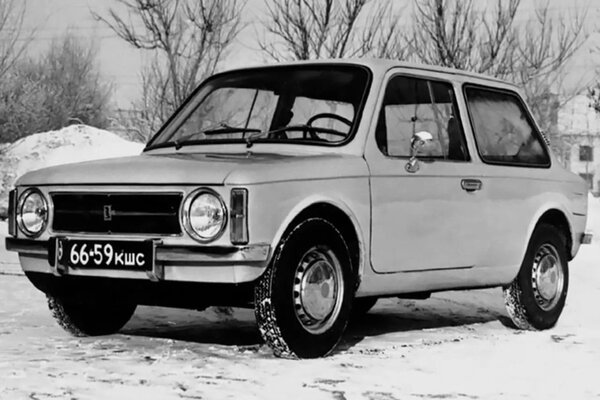
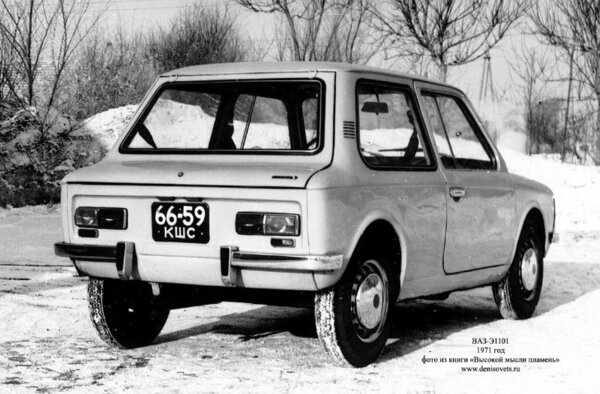
3 years before the enchanting debut of the Kopeika, the VAZ design department developed a completely independent model of a front-wheel drive small car. The car was nicknamed “Cheburashka”. It was set in motion by a 0.9-liter engine specially designed for this model and a power of 50 horses. Another achievement of the designers was the original four-speed manual transmission. The car did not enter serial production, however, the developments served to create the later Niva and VAZ-2108.
💡 Interesting fact concerns the design of the Cheburashka body. For the first full-size layout, they “tried on” a couple of live design options at once: one from Ashkin, the second from Danilov. As a result, they chose the latter, but it’s not so much interesting as the approach to car design itself.
VAZ-1121 “Oka-2” (2003)
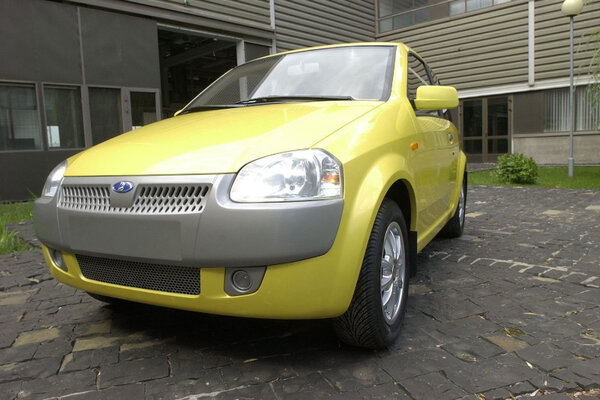
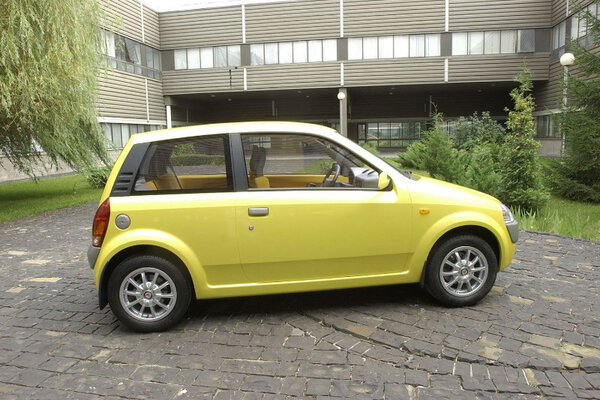
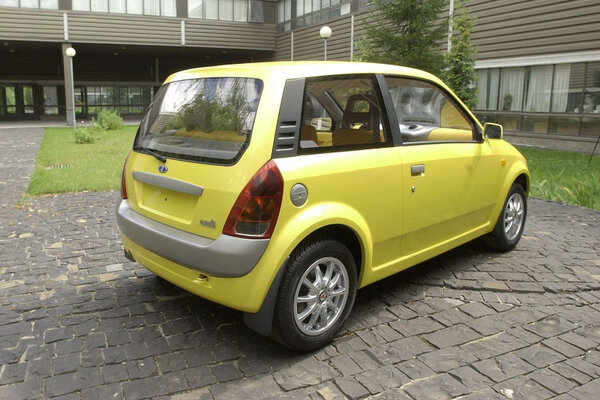
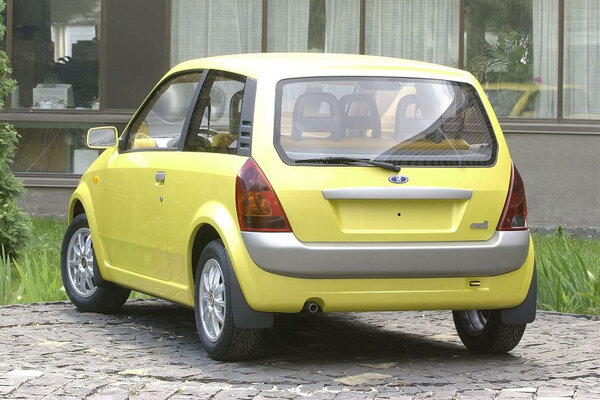
VAZ-1121 can no longer be called a Soviet development, because the prototype was released in the 21st century, but it was created on the basis of a model from the mid-80s. Visually, the car is completely different from its ancestor – it rather resembles modern cars. Under the hood is a four-cylinder engine from the “Tens”, the gearbox is a five-speed mechanics. The budget version was planned to be produced with the original two-cylinder engine. Of the innovations: power windows, door locks and power rear-view mirrors. It is a pity that the promising development remained at the prototype stage. It was not possible to produce it at any Russian plant. Together with the static model, a total of 11 copies were produced.
AZLK-2142 “Moskvich” (1991)
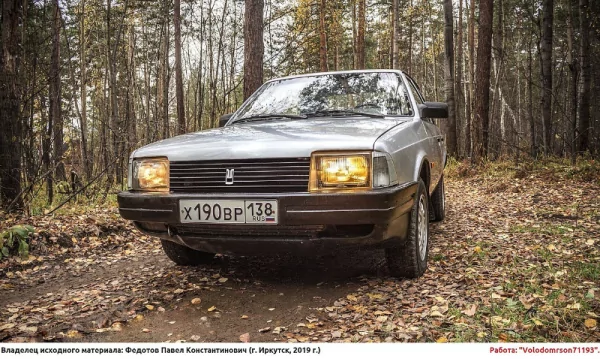
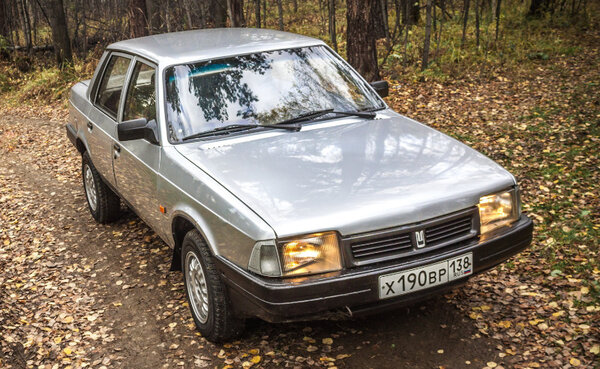
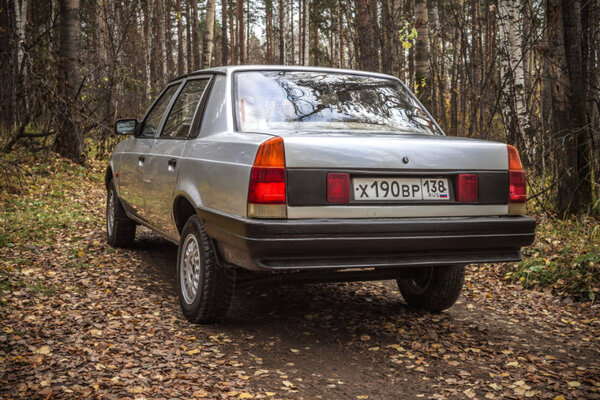
The prototype was first presented in 1990, and mass production was planned to begin in 1992. The short-base sedan AZLK-2142 was considered as a new base model of the plant. In addition to changes in the body design (vertical taillights, a new bumper and hood), the car did not have any special differences from the previous Moskvich. It is a pity that due to problems with the sale of products, the plant management postponed the launch of mass production of the model for an indefinite period. However, unofficially and in small batches, the car was still assembled. After the reorganization of the enterprise, developments on AZLK-2142 went into use when creating the improved long-wheelbase “Prince Vladimir” and the luxury version of “Ivan Kalita”.
💡 Today almost all existing AZLK-2142 are prototypes that were purchased from the plant by its own employees. They have a different configuration and are sometimes still found on public roads. It’s a pity, because they could well fill the museums of cars of the USSR.
AZLK-2144 “Istra” (1991)
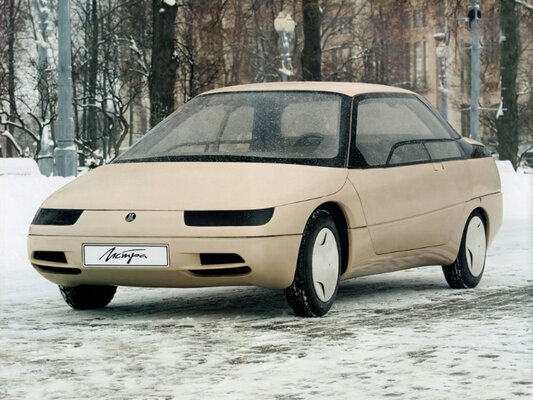
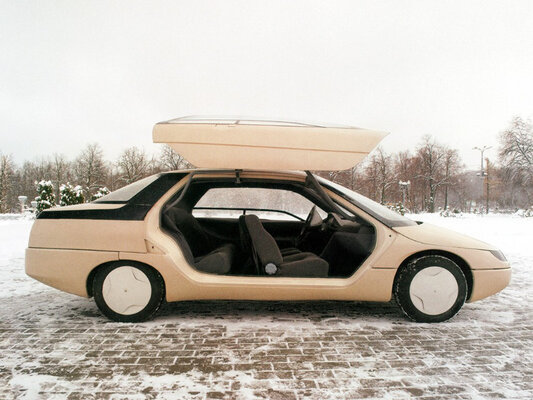
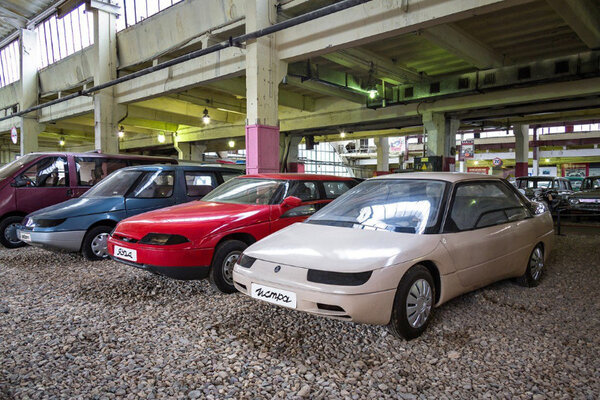
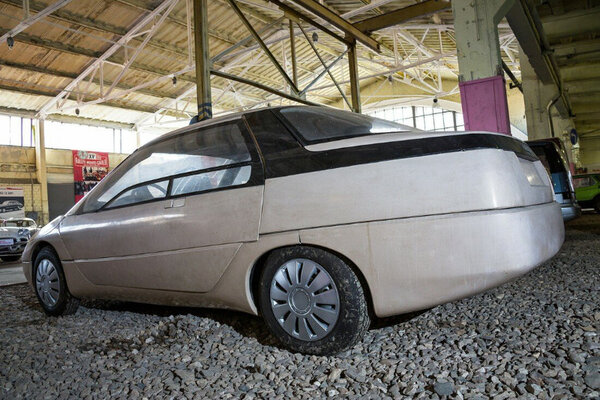
The project was created as part of the Car of the Year 2000 program. Engineers tried to look into the future and create vehicles that meet the requirements of the 21st century. The designers assembled just one demonstration model, which was replete with innovative solutions: wide side doors opened vertically, the engine ran on rapeseed oil products, the windshield was combined with a night vision device and dashboard indicators, there was a display that displayed information about the general condition of the car breakdowns and how to fix them. In addition, AZLK-2144 “Istra” became the only Soviet car with a duralumin body. Since running prototypes were not created, mass production was out of the question.
GAZ-18 (1957)
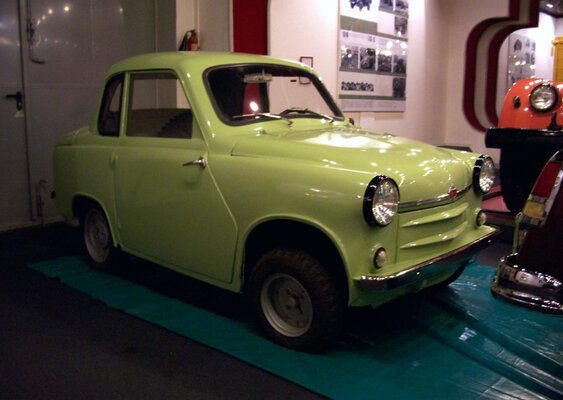
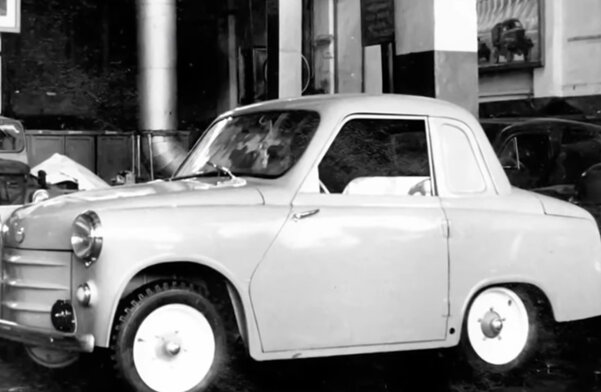
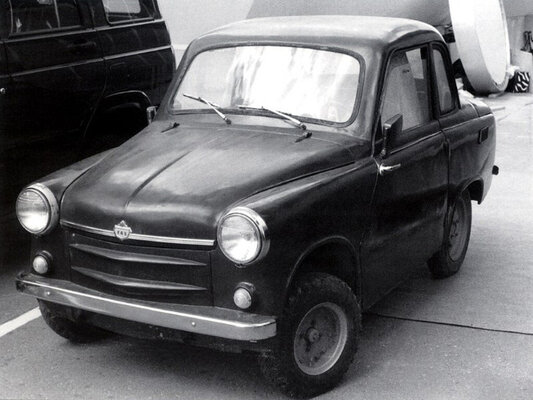
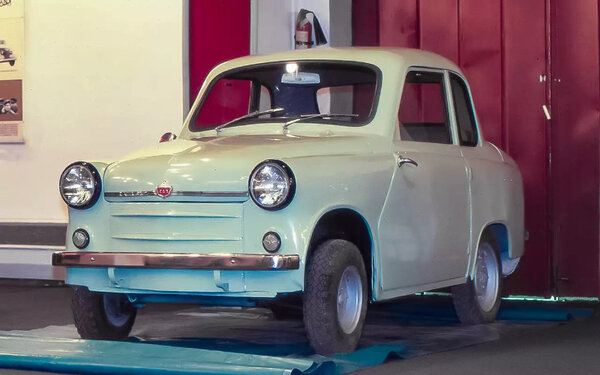
Double subcompact car assembled by the Gorky plant. GAZ-18 was positioned as a car for people with disabilities. Under the hood, he had an engine from the production model Moskvich-402 with 18.5 horsepower. An innovative solution was to equip the subcompact with a three-speed automatic transmission. Prior to this, only a few cars of such a small working volume existed in the whole world. Representatives of the target group were directly involved in the design process of the GAZ-18 body, so it was convenient for disabled people with various injuries. It is a pity that due to problems with financing, the model never entered mass production.
💡 Interestingthat only two copies of the GAZ-18 were produced: one went into the personal use of the head of the experimental workshop, and the second is now in the museum of the Gorky Plant. This is a Soviet classic that deserves the closest attention, so be sure to check it out if you are around.
NAMI-031 (1957)
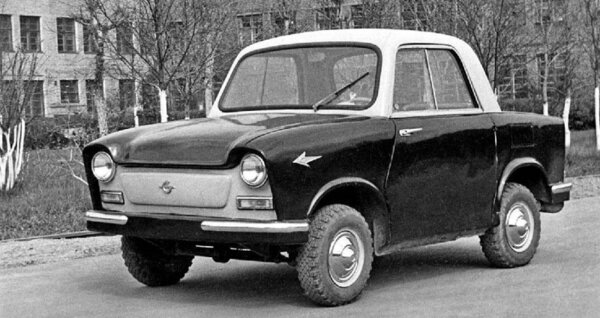
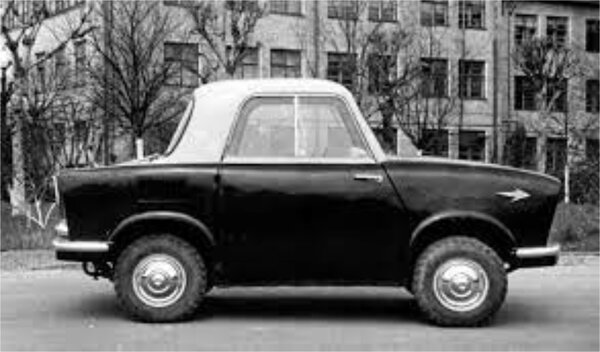
An experimental model that was designed to replace motorized wheelchairs for people with disabilities. It was a neat sedan with two doors and a fiberglass frame-and-panel body. The heart of the car was a two-cylinder 650 cc engine from the Urals with 14.5 horsepower. It was located in the rear of the car, the wheel drive was also rear. The car did not differ in special comfort – the seats were solid, made of durable plastic. But the car was equipped with a heating system, which also served as a preheater. The car did not go into mass production, however, many engineering solutions were borrowed when creating the SMZ S-3A motorized stroller and the famous Zaporozhets.
NAMI-A50 “Squirrel” (1955)
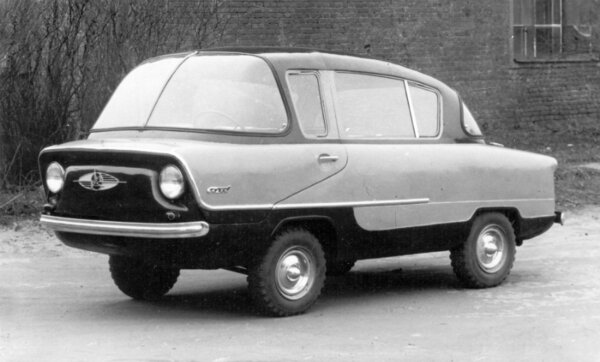
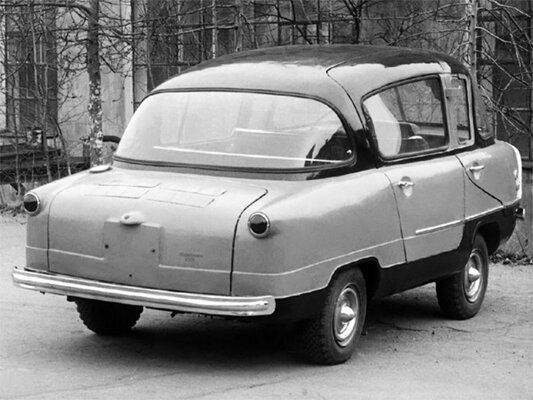
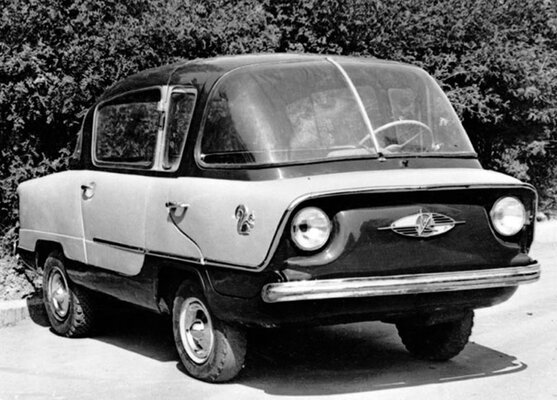
The original small car. The ideological inspiration for the creation of “Squirrels” was the Italian Isetta. Soviet engineers took a 20 horsepower IMZ-M-72 motorcycle engine, added a fan to cool it, connected it to a three-speed transmission from Moskvich-401, and placed it in a body of the original design. The main feature of “Squirrels” is a folding “muzzle”. The front of the body rose up, and the driver could take his place behind the wheel. This design was supposed to provide maximum space in the cabin, but in reality it only added inconvenience: along with the “door”, part of the roof opened, letting rain and snow inside – in addition, its tightness itself also left much to be desired.
💡 Special mention worthy of the model “Squirrels” with an open body, released a little later. The windshield in it leaned back, and the roof was tilted. Apparently, it would be great to give up on such a summer somewhere on the sea – at least in theory.
NAMI-0284 “Debut” (1987)
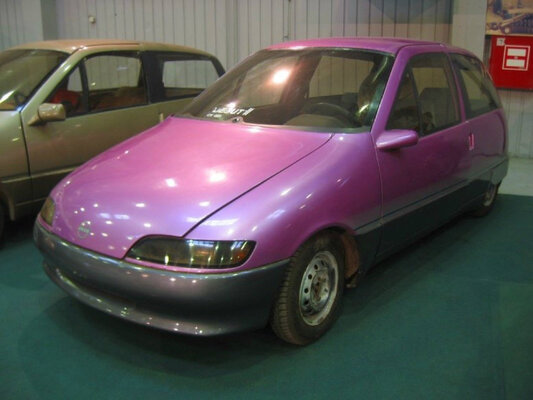
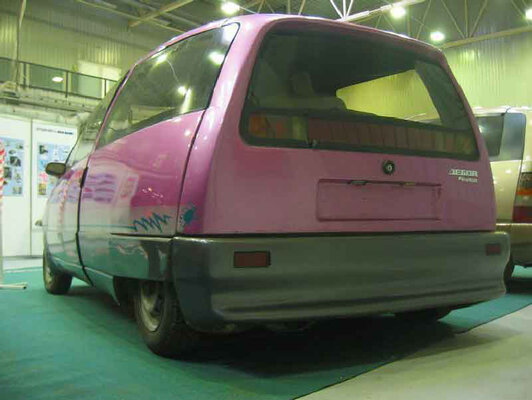
An experimental model that was supposed to wipe the nose of the Tavria. Soviet engineers sought to create a car of the future, which they would drive around in the distant 2000 – at least in theory. “Debut” compares favorably with previously released cars due to a fundamentally new body. It consisted of a steel frame and fiberglass panels, but the main feature was in its streamlining – the air drag coefficient was only 0.23. In addition, the “Debut” was equipped with a number of other innovative design solutions: electrovacuum clutch control, cruise control and air suspension with adjustable ground clearance. The prototype received rave reviews, but it was not possible to put production on stream. The reason is standard – too expensive.
NAMI-0288 “Compact” (1988)
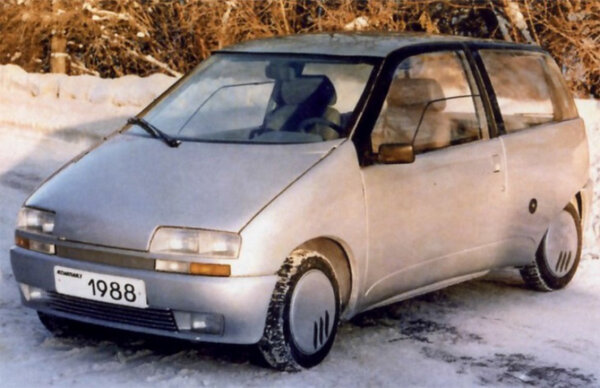
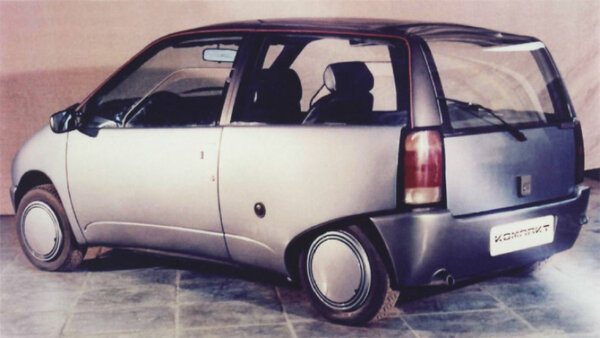
A year after the demonstration of “Debut”, NAMI engineers presented a new concept car. The body of the “Compact” is made in the same style, but with some modifications. The filling of the car consisted entirely of innovative solutions. Under the hood was an engine from Tavria, which was upgraded to run on a mixture of gasoline and hydrogen. The front subframe was attached to the body with hinges, the suspension was pneumatic. The driver’s seat and front passenger seat rotated to make it easier to sit back. Under them was a gas tank. Three people could fit on the back sofa – in order not to push with their shoulders, the middle seat moved back. “Compact” was presented at the Tokyo Motor Show. There he took an honorable fifth place among innovative concept cars and was awarded a diploma.
SMZ-NAMI-086 “Satellite” (1962)
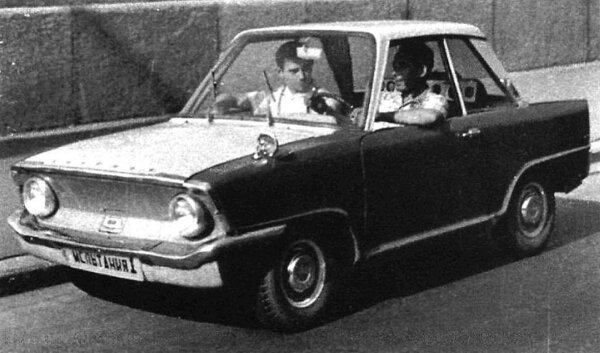
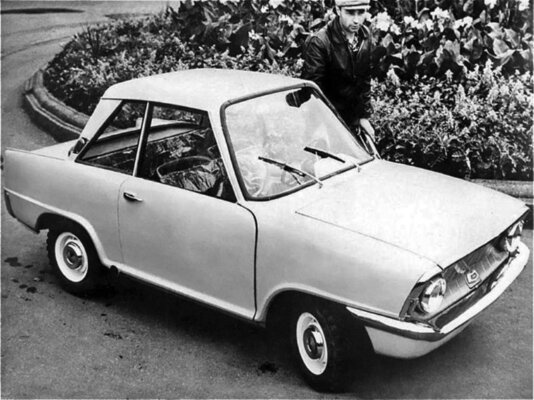
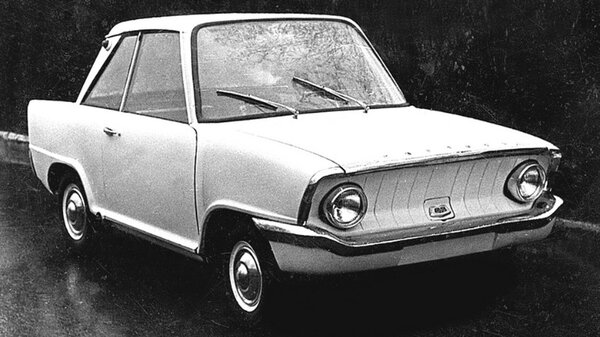
Truly attractive Soviet runabout. An all-metal steel body, innovative electromagnetic clutch technology and the first safety steering column in the Soviet Union – all this is about the Sputnik car. This miracle of technology was set in motion by the engine from the Zaporozhets, or rather half of it. A working volume of 0.5 liters produced a power of 15 horsepower. The car did not enter mass production. This was due to limited funding and the need to modernize the production facilities of the Serpukhov Motorcycle Plant, where the primitive C3A motorized stroller was already being stamped with might and main.
💡 By the way, the very innovative clutch was later used in the invalid modification of the Zaporozhets and proved to be extremely short-lived. It had to be changed on small runs, but the saga did not end there, because this process was repeated over and over again.
Source: Trash Box
Johanna Foster is an expert opinion writer with over 7 years of experience. She has a reputation for delivering insightful and thought-provoking articles on a variety of subjects. Her work can be found on some of the top online news websites, and she is currently lending her voice to the world stock market.







